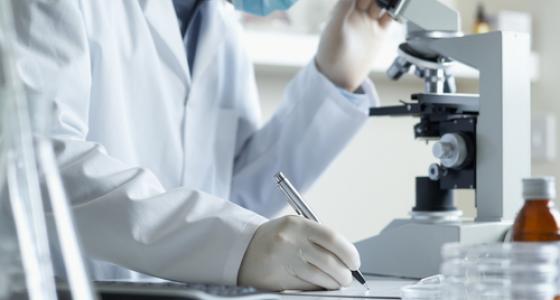New York has long been a global leader in biomedical research and development. Our state’s 16 medical schools contribute to that position by employing some of the most innovative, talented and prolific researchers in the field. In fact, New York is home to 26 Nobel Laureates in medicine and physiology.
But now, our state’s standing and the $85 billion medical school industry face fierce competition from other states, making millions of dollars and top-paying New York jobs hang in the balance.
Last month, Texas established the Governor’s University Research Initiative to, as Gov. Greg Abbot said, “”enhance Texas’ ability to recruit nationally-recognized researchers, promote economic development, and serve as a significant step toward ensuring Texas is home to five of the top ten public universities in the nation.”” This investment comes on top of Texas’ already huge $3 billion investment in biomedical research, with $240 million designated specifically to poach researchers from other states. The result so far has been bad news for New York.
Over the past four years, Texas has lured away 13 of our top researchers, with grants totaling $40 million. When those researchers left New York, they took millions of dollars in research grants and many high-paying jobs with them.
Texas is not alone in its investment and economic development strategy. California is investing $3 billion over a decade to build up that state’s research capacity; Massachusetts has committed $1 billion; Connecticut is investing $1.5 billion; and Virginia and Indiana are following suit.
In the past, New York recognized the importance and economic benefits of investing in the medical research community. In 2002, New York implemented the Faculty Development Program (FDP) to recruit and retain leading researchers, investing $36 million over the following seven years to attract world-class scientific talent. These funds leveraged an additional $251 million in grants and philanthropic investments.
This is not a fluke. A study conducted by Tripp Umbach in 2010 found that “”Academic medical centers are major economic drivers in the U.S. economy…For every dollar in research funding invested in medical schools in the State, New York receives a return of $7.50.””
In many instances, the return on investment has been even more dramatic. Columbia University’s Dr. Rudolph Leibel received a $750,000 FDP grant in 2002, and since then he has brought $80 million in additional grants and private funding to New York state. His staff has increased from 20 people to more than 100 today.
Researchers further contribute to our economy and standing by turning research into startup companies. That is just what University of Rochester Medical Center’s Dr. Stephen Dewhurst has done. His startups are developing vaccines for staph infections and AIDS.
Despite the FDP’s previous success, it fell victim to the economic downturn and was eliminated in 2009. To give New York a fair shot at retaining and attracting top talent, we are calling on the state to dedicate $50 million to the Faculty Development Program in the 2015-2016 budget.
That is certainly a great deal of money, but it is only a small portion of the $2 billion proposed in the executive budget for economic development efforts. And considering the excellent, proven return on investment medical research represents, it is a wise use of resources.
Jo Wiederhorn is president, CEO of Associated Medical Schools of New York.

